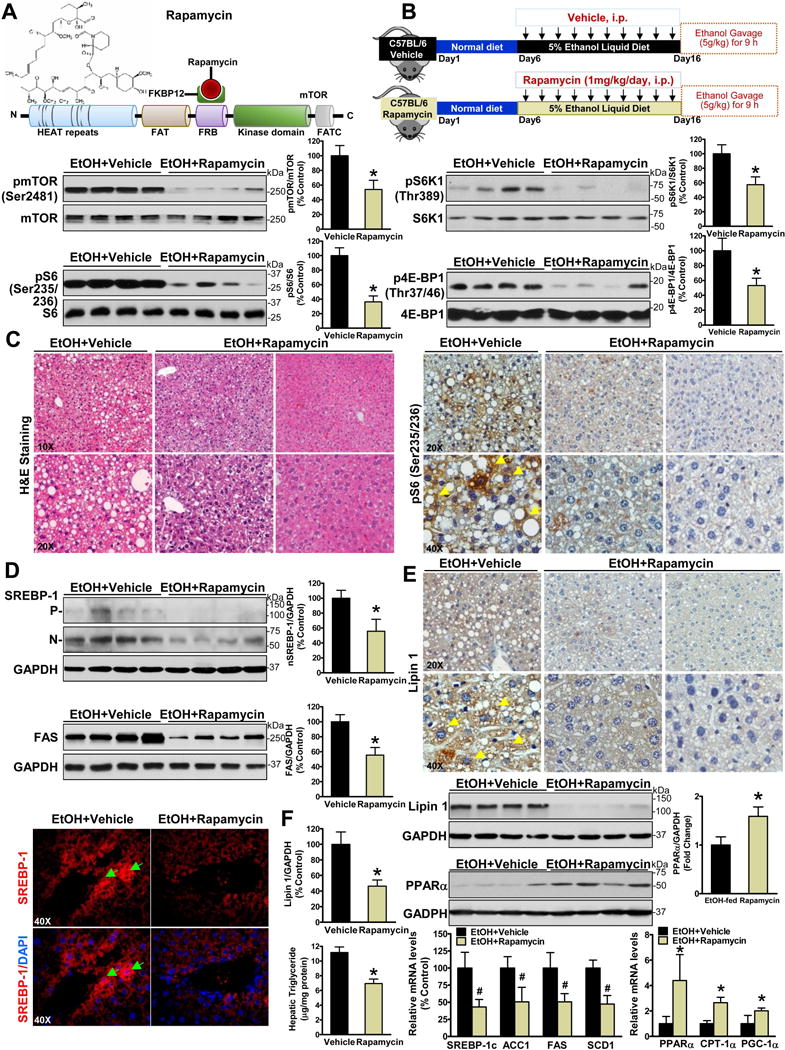Fig. 4. Pharmacologic intervention via mTORC1 inhibition reduces hepatic lipogenesis, stimulates fatty acid oxidation, and ameliorates hepatic steatosis in chronic-binge ethanol-fed mice.

A. Schematic structure and rapamycin binding site of the mTOR kinase. The FRB domain is the docking site of the FK506-binding protein 12 (FKBP12)–rapamycin complex. B. Phosphorylation of mTOR and its downstream effectors was sensitive to treatment with rapamycin in ethanol-fed mice. C. Positive staining for phosphorylated S6 was primarily localized in the cytoplasm of lipid-laden hepatocytes (yellow arrows) in vehicle control mice, and the staining intensity is reduced in rapamycin-treated mice. D. The cleavage and nuclear translocation of SREBP-1 and induction of FAS are diminished by rapamycin treatment. Representative photomicrographs of immunofluorescence for SREBP-1 (red) and DAPI (blue) in liver sections of mice. E-F. mTORC1 is required for alcohol to induce hepatic lipogenesis and to inhibit PPARα-mediated fatty acid oxidation in mice. The data are presented as the mean ± SEM, n = 6–8. *P < 0.05, vs. ethanol-fed mice with vehicle administration.
